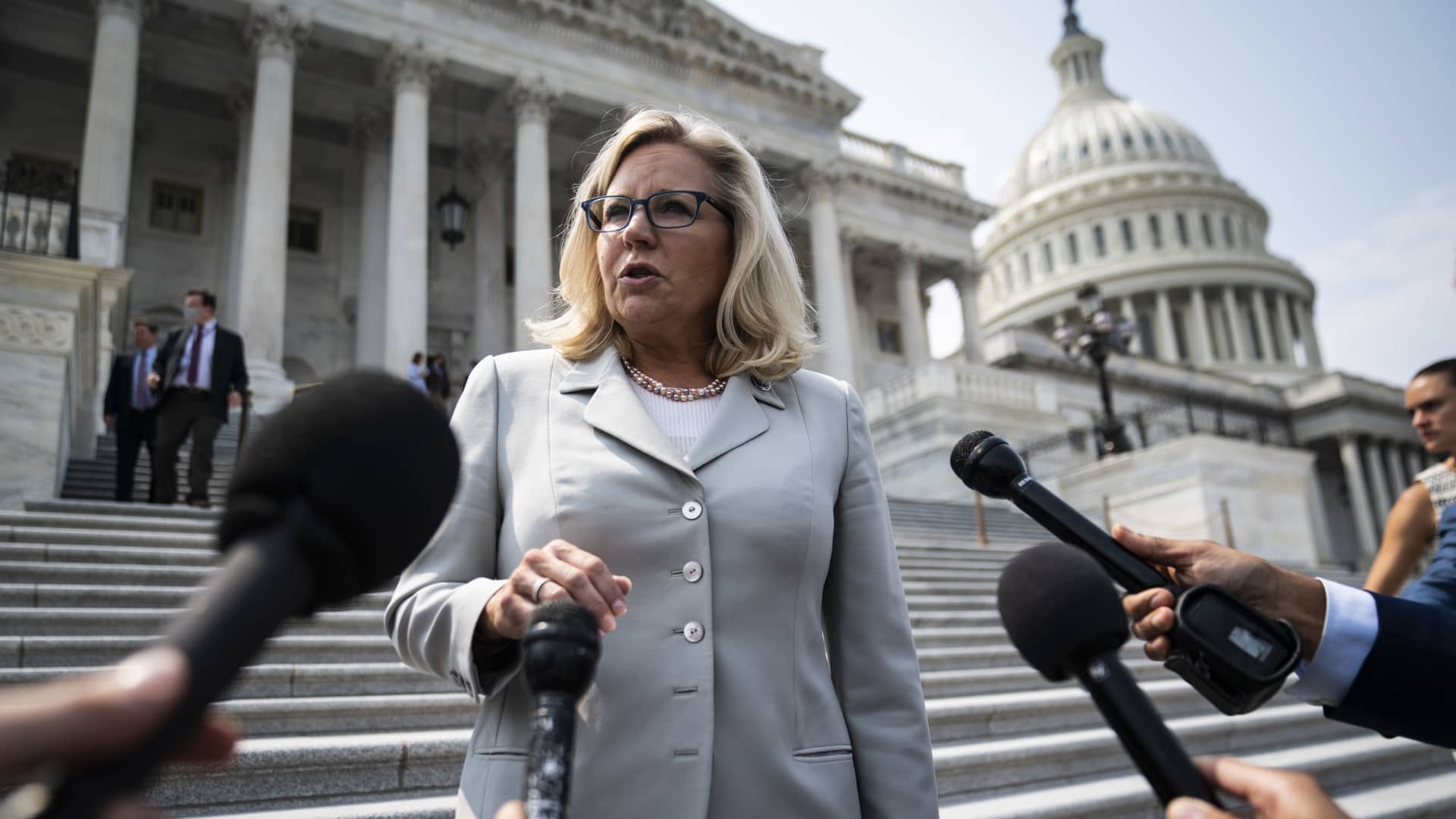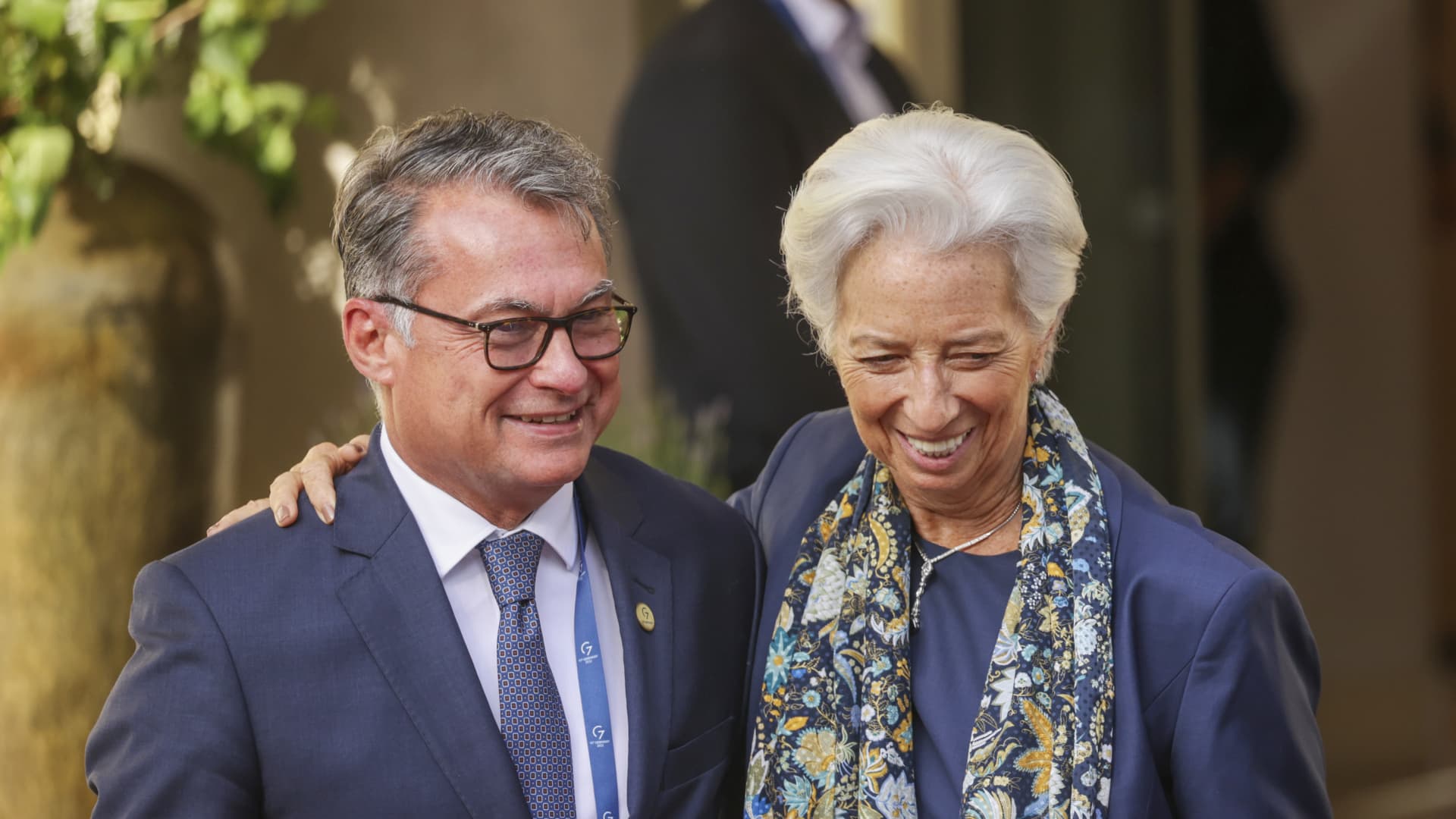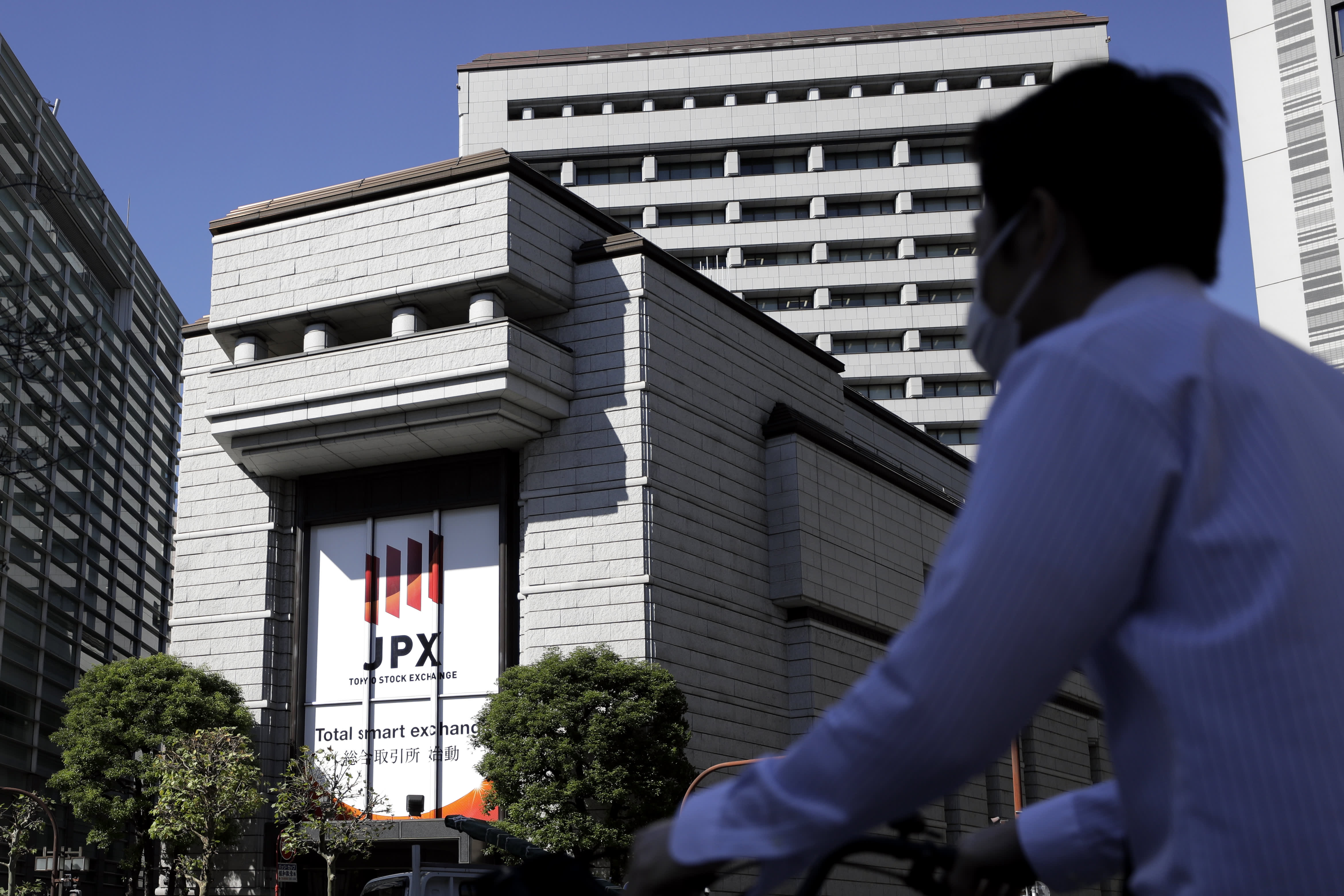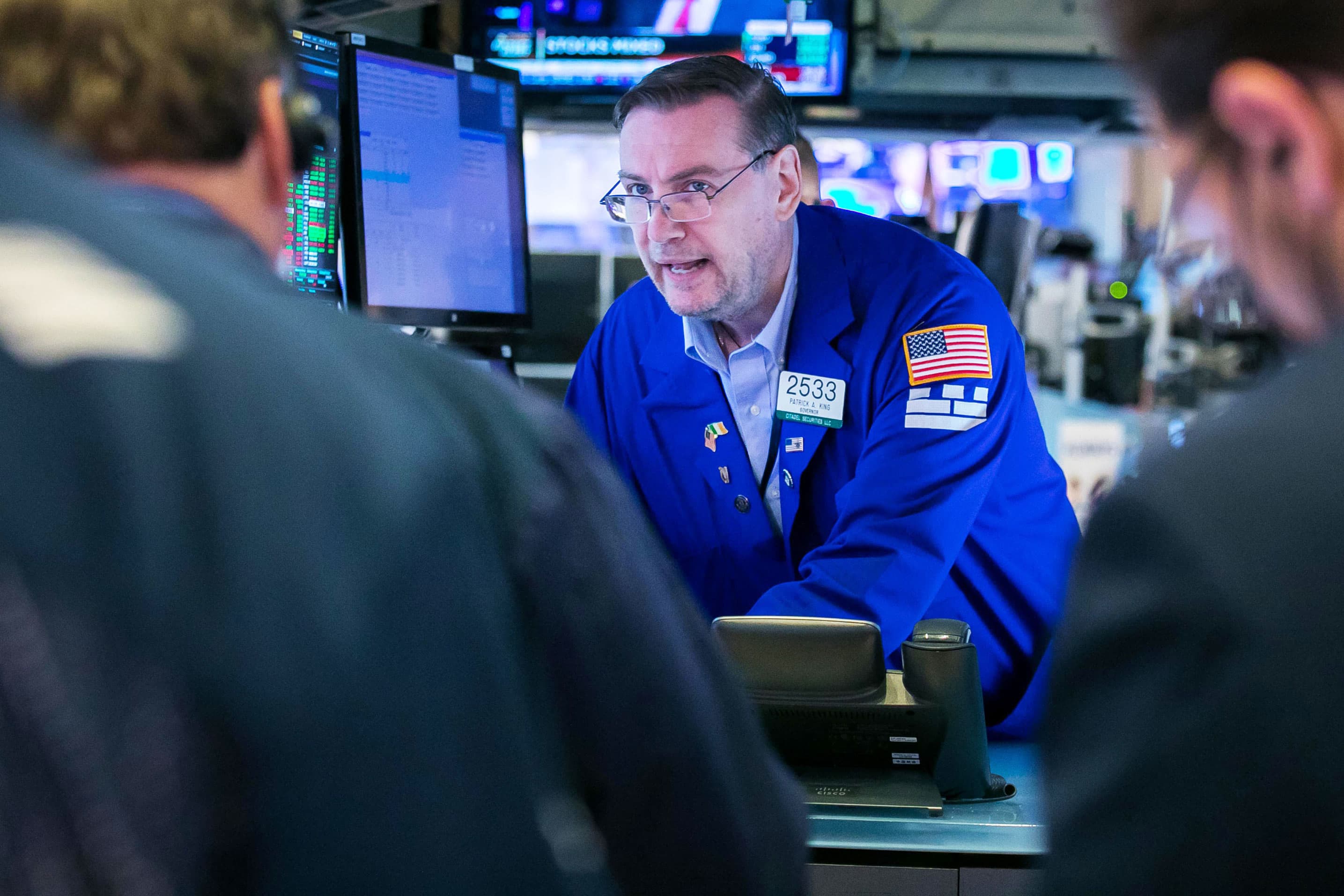3 charts showing the market turmoil wreaked during UK PM Liz Truss’ tenure
Liz Truss' time as prime minister of the U.K. was short-lived, but the impacts of her policies were felt. These three charts show what happened to the economy.
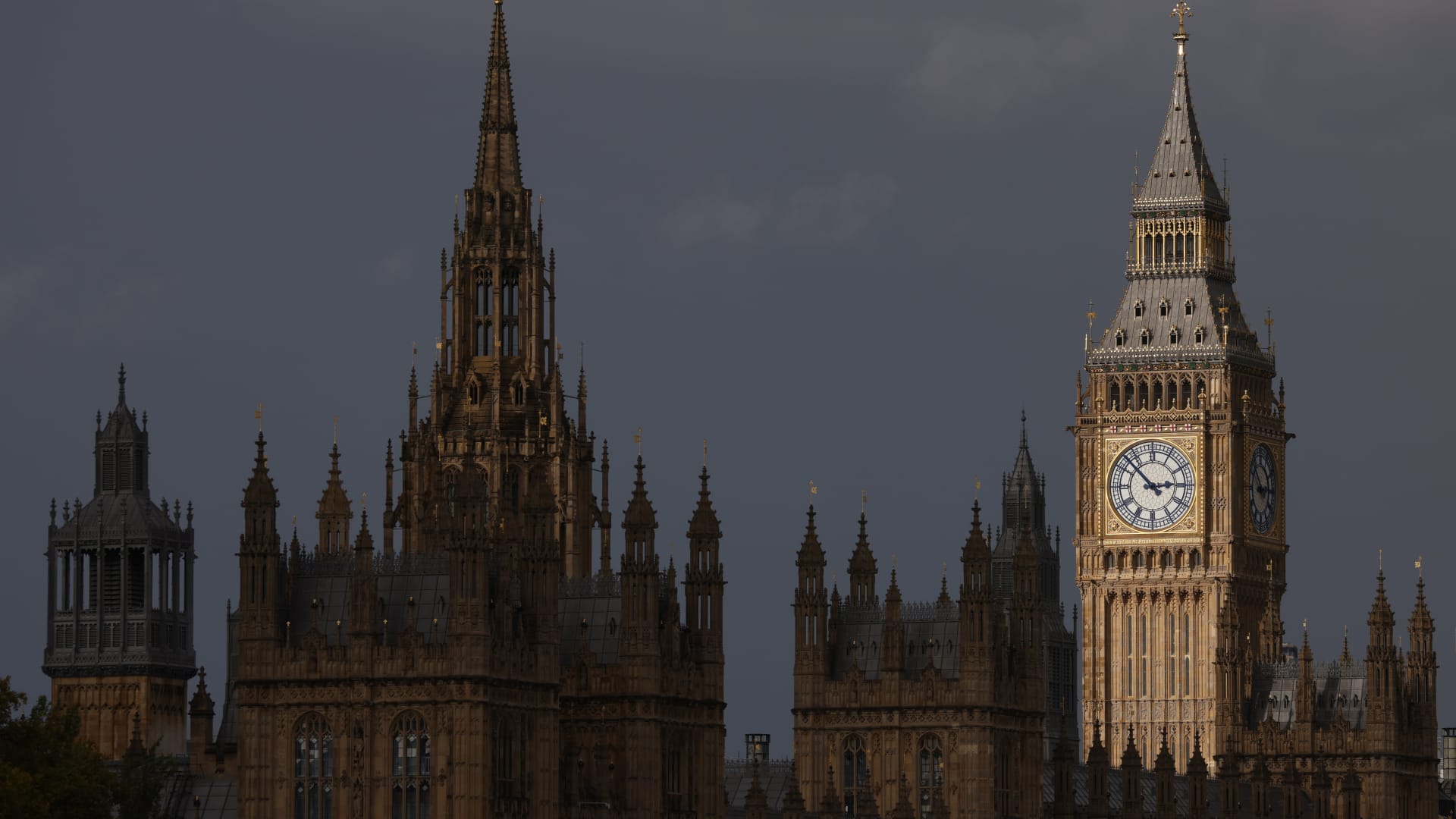
The race to become Britain's next prime minister, and the fifth since the Conservatives took power in 2010, has yet not seen anyone announce their intention to run for office.
Dan Kitwood | Getty Images News | Getty Images
LONDON — U.K. Prime Minister Liz Truss was in office for just 44 days before she announced her resignation on Thursday. Her time as leader may have been short, but the impact her tenure had on the British economy was huge.
Truss and her former Finance Minister Kwasi Kwarteng announced a so-called mini-budget on Sept 23., including unfunded tax cuts and an expensive energy guarantee, and markets were quick to respond.
The full force of Truss' policies ricocheted around the U.K. economy, causing a plunging pound, bumpy government bonds and mounting speculation over the Bank of England's interest rate.
Here are three charts showing how markets behaved during Truss' brief time at 10 Downing Street.
A Sterling saga
Truss won the Conservative leadership contest on the promise of a low-tax, high-growth economy, but sterling went into freefall on the back of her spending plans.
The pound slumped to a record low to trade around $1.03 on Sept. 25 and, along with other fiscal indicators, prompted the IMF to issue a warning about the dangers of "large and untargeted fiscal packages."
The pound rallied amid mounting speculation Truss was poised to U-turn on her mini-budget policies, before paring gains as the prime minister sought to placate markets.
The sterling appeared buoyant on news that Truss had resigned on Thursday. However, it tumbled as markets contemplated the political uncertainty that comes with yet another leadership election.
Peter Toogood, chief investment officer at Embark Group, said that he expected sterling to remain weak.
"We have a fiscal deficit, we have a current account deficit, and we are at the behest of the kindness of strangers continuously, and have been for many decades, in practice," Toogood told CNBC's "Squawk Box Europe" on Friday.
"So it's not a good scenario in that sense, but it looks like the markets are sort of ignoring it and seeing to a degree straight through it," he said.
Soaring gilt yields
Yields on U.K. government bonds – known as gilts – soared after the government announced its mini-budget, which means that prices have crashed as bond yields move inversely to prices.
30-year gilt yields reached a 20-year high on Sept. 27. Meanwhile, 10-year and 2-year yields rose on the news that there would be new tax cuts put in place funded by government borrowing.
The Bank of England stepped in on Sept. 28 to stabilize markets. The intervention came at a time when bond yields were on track for their sharpest monthly rise since at least 1957 as investors fled the British fixed-income markets.
A two-week purchase program for long-dated bonds followed and on Oct. 10 further measures were announced to ensure an "orderly end" to its purchase scheme.
Meanwhile, fears of a housing market crash mounted as U.K. banks pulled mortgage deals and lending rates skyrocketed.
Yields tumbled as new Finance Minister Jeremy Hunt delivered an emergency statement on Oct. 17, scrapping the majority of the mini-budget that had sent the markets into turmoil.
Gilt yields fell as Liz Truss delivered her resignation speech but they flattened out later in the day.
Eyes on the interest rate
The Bank of England hiked interest rates from 1.75% to 2.25% on Sept. 22, its seventh consecutive rise, and investors are now waiting to see what the central bank does next.
The Bank said it will "not hesitate" to raise rates further if necessary, but expectations of when – and how high – rates will peak have changed in the last few weeks.
On Oct. 3, the interest rate was expected to peak at 5.62% in May 2023, according to data from FactSet and Goldman Sachs.
The latest forecasts suggest the interest rate is now expected to peak at 5.08% in Oct. 2023. A decrease to 4.6% is then expected by Oct. 2024, before the rate steadily starts to climb again.

 Kass
Kass 







